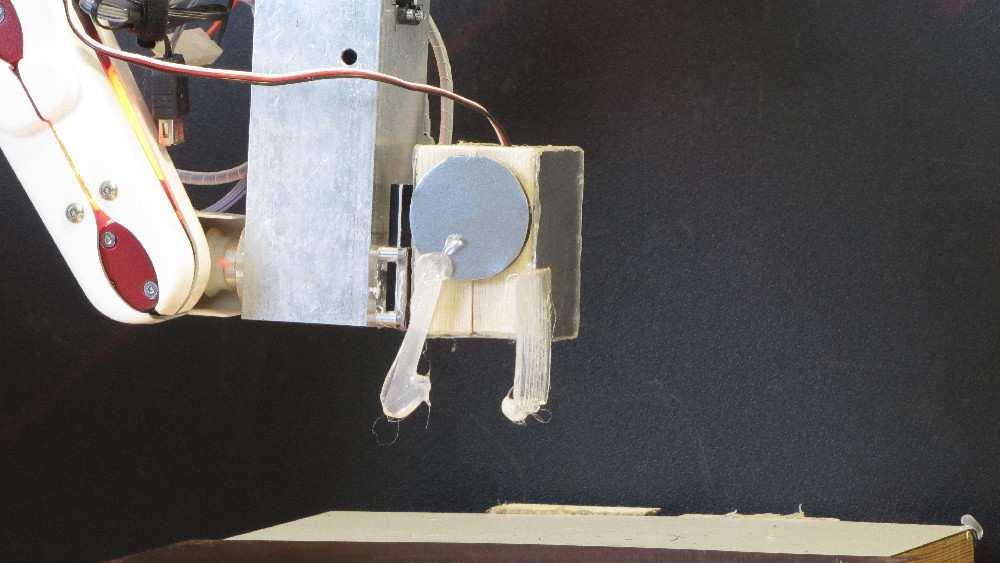
Robohub.org
Photos: Robots at IROS 2012
Some interesting robots at IROS 2012 …
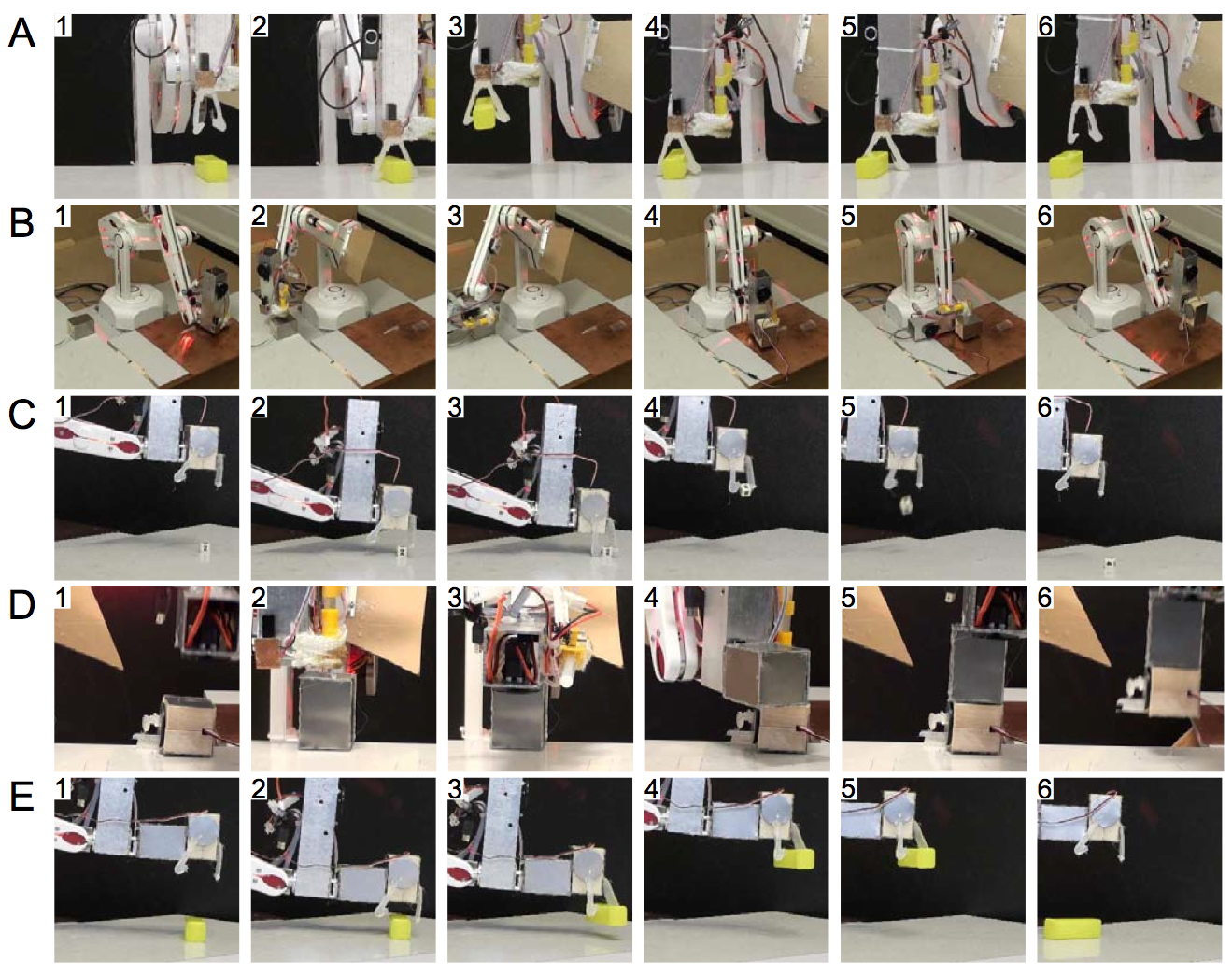
Such robotic body extension allows these class of reconfigurable modular robots to accomplish passive pick-and-place tasks (A); perform simple construction tasks (B); active pick-and-place tasks (C); extend gripper range (D); and combined tasks (E). (L. Brodbeck, F. Iida: Enhanced Robotic Body Extension with Modular Units, IROS 2012).
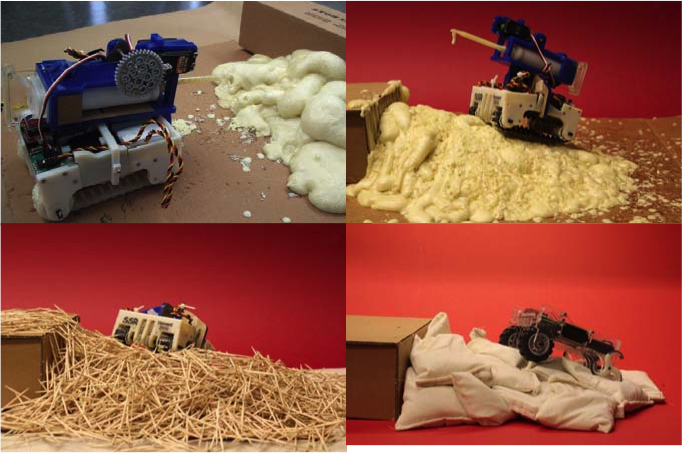
Researchers from Harvard University and Worcester Polytechnic Institute have developed bio-inspired robots capable of using cheap materials, including foam and toothpicks, to build structures larger than themselves. The research was inspired by constructions in the animal kingdom, including those by weaver birds, termites, and beavers.
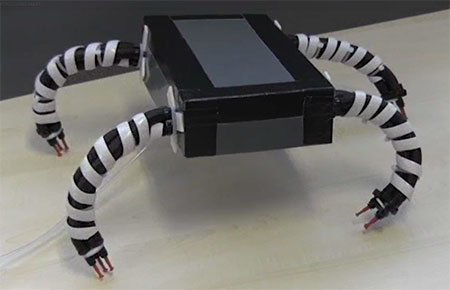
Researchers at the Italian Institute of Technology and Kings College London have created a robot with inflatable limbs. The robot's arms (or legs) can be controlled by altering air pressure. The inflatable limbs are inherently compliant, which increases safety, but makes them more difficult to control.
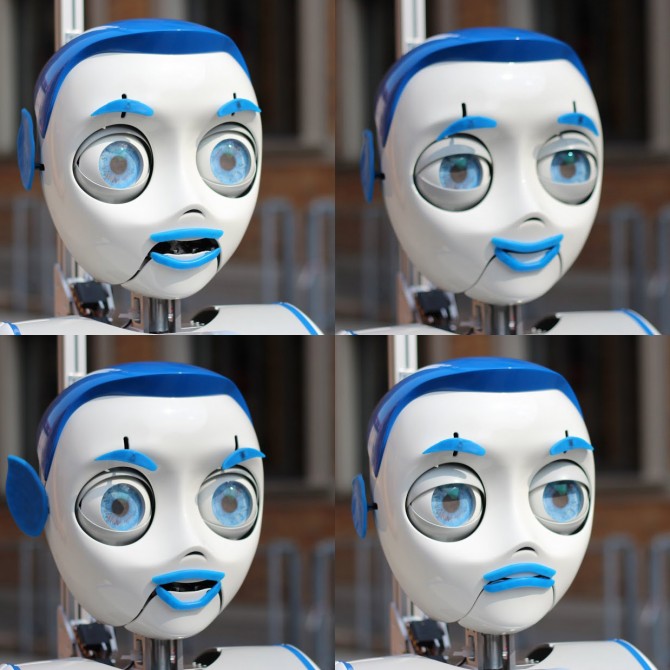
Researchers at the University of Salzburg, ETH Zurich, TUM, and its spin-off Accrea Engineering are collaborating on an EU funded project on robot navigation through human-robot interaction. They have developed and will use IURO (Interactive Urban RObot), a new humanoid service robot with a highly expressive face, to "develop and implement methods and technologies enabling robots to navigate and interact in densely populated, unknown human-centred environments and retrieve information from human partners in order to achieve a given navigation or interaction goal".
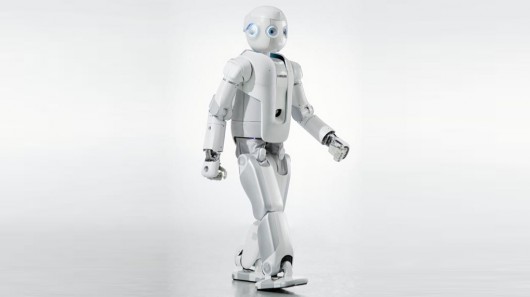
Researchers at Samsung have created a new humanoid. Roboray builds on developments with an earlier humanoid - Mahru 3 developed in 2007. With a height of 150cm, weight of 62kg and 32 joints (excluding fingers) it is a full humanoid - albeit still without capabilities for human-robot interaction.
For more photos, check out the IROS 2012 Expo Gallery our friends at the IEEE Automaton blog just put up.
tags: humanoid, IROS 2012, modular


